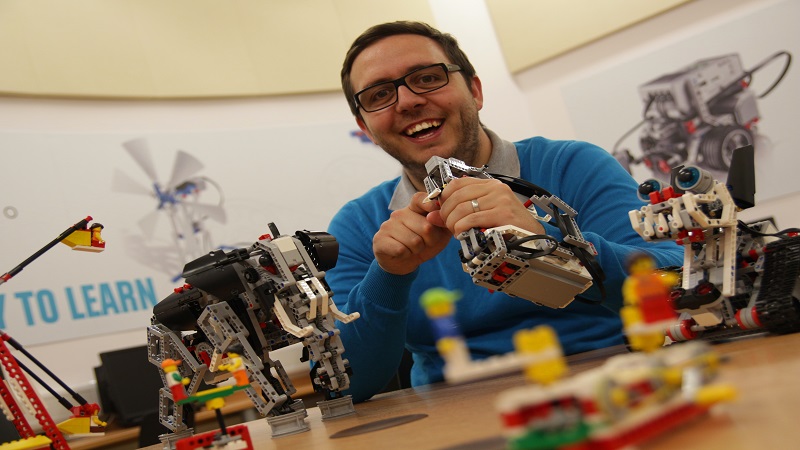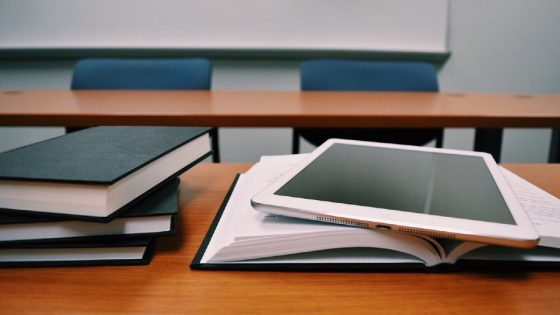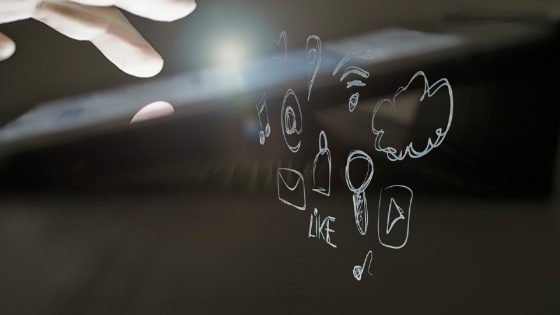Having been a maths teacher for 11 years, I have tried a variety of approaches to teaching, including textbook-only classes, lecture style lessons and learner-centred methods. These all have their benefits, but essentially, as a teacher, I want to give pupils the greatest opportunities to achieve in education, finding hands-on, creative lessons to be the most effective. Why? Because this learning style not only enthuses and engages pupils, but gives them the chance to understand how topics are relevant to the world around them.
Creativity and the desire to enquire and explore is an innate quality found in us all and is apparent from a very young age, virtually from birth. An experiment by Land and Jarman (1992) found that at the age of five, 98 per cent of children tested as creative geniuses, yet by the age of 10, the statistic fell to 32 per cent. This suggests that education – something that should develop talent and nurture creativity– is partly responsible for stifling children’s potential and imagination.
This must, and more importantly, can change. The solution is simple: bring as much creativity and opportunity for exploration back into teaching as possible.
Effective teaching tools not only engage pupils, but excite them too and it’s no secret that when children are excited about learning and have fun in their lessons, they learn more… and they learn better. Getting hands-on inspires pupils to actively enquire and explore a particular topic, allowing them to understand the real-world application of the theories being taught. Practical resources also encourage pupils to discover their potential and develop important skills, such as confidence, teamwork, curiosity and discussion, all of which strengthen learning and boosts pupils’ interest in subjects.
Nearly every single pupil has played with LEGO® from a young age, so they automatically associate it with having fun and being creative. I have used many LEGO® Education resources in the classroom as a way to engage and enthuse pupils in topics including literacy, science, technology, engineering and maths (STEM), PSHE and computing.
For example, during science and computing lessons, I use LEGO® Education’s WeDo 2.0 resource to encourage pupils to think creatively and engage with topics. In turn, this develops their understanding of how STEM-related tasks align with real-world concepts by motivating them to ask questions, outline issues and create practical solutions to problems. I’ve found that this resource has benefited pupils greatly, as it promotes enquiry-based learning. This not only stimulates imagination, but sparks curiosity and fuels an interest in the topic being taught, which often leads to incredibly innovative and exciting ideas; as teachers, seeing pupils excited to learn is not only inspiring, but rewarding too.
Pupils cannot be expected to learn purely by reading, copying and listening to information. Hands-on opportunities are essential for positive learning outcomes, as they give pupils the chance to really learn and grasp a topic in relation to the world itself. Every child has the potential to achieve and succeed, so it is our responsibility as teachers to give them the educational resources to explore their possibilities and foster a lifelong passion for learning.
For more information about LEGO® Education UK and its education resources, including LEGO® Education WeDo 2.0, visit: www.legoeducation.co.uk
Andy Snape is assistant head of sixth form, mathematics lecturer and LEGO® Education Innovation Studio manager at Newcastle-under-Lyme College in North Staffordshire. He teaches 11-18 year olds and is passionate about nurturing creativity and aspiration in learners.






Leave a Reply